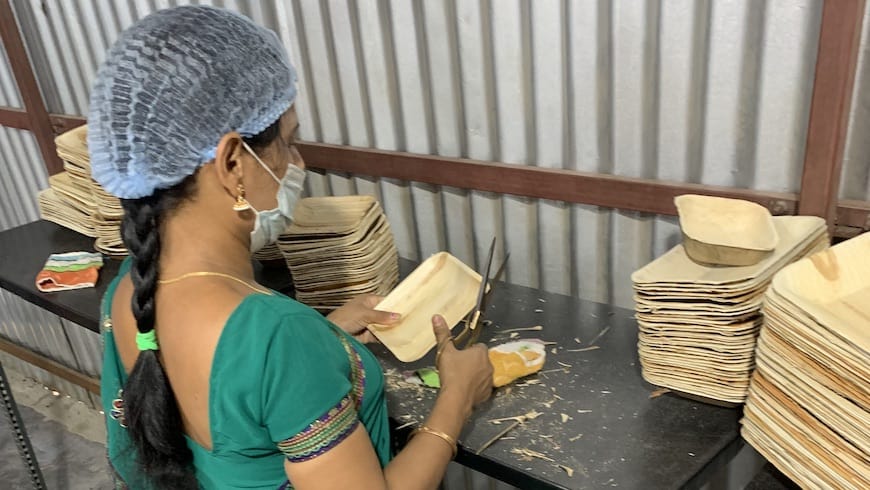February 8, 2023
Multiple crises have exposed the fragility and inequity of global food systems. But according to Eva Valencia and Lennart Woltering at CIMMYT and Frédéric Goulet at CIRAD, strategies to transform the world's food systems typically focus on introducing or scaling up new innovations and programs, while failing to scale down the habits, mindsets and institutions that are perpetuating the problem. They explore a key example of this issue — the ongoing use of unsustainable farming practices like tilling — and discuss how farmers can move toward more sustainable "no-till" practices that protect soil health.








